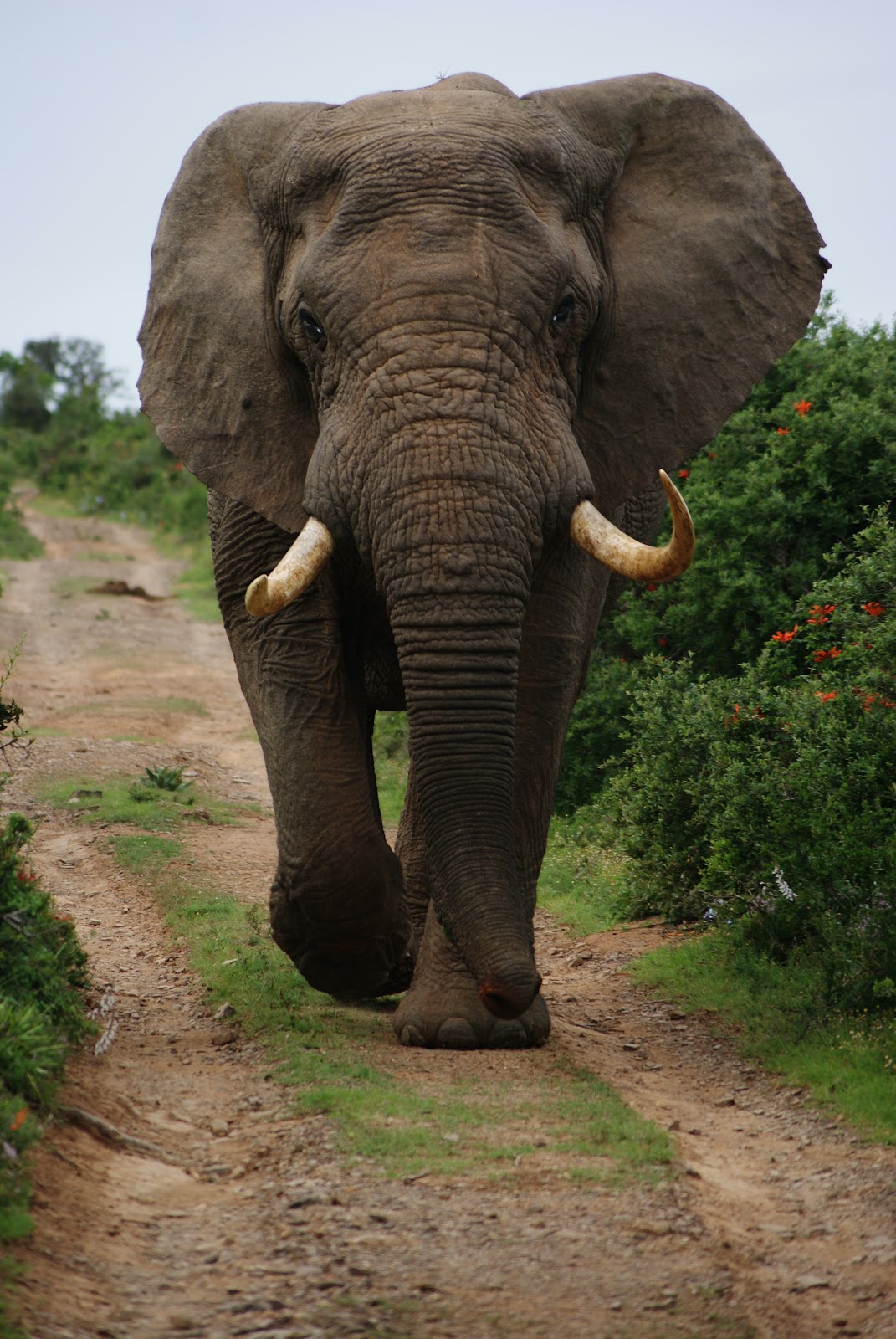Introduction:
Nature is full of wonders and marvels that never cease to
amaze us. From the largest animals to the tallest trees, the natural world is
home to some of the most impressive and awe-inspiring creations. In this
discussion, we have explored some of the largest things in nature, including
animals, birds, sea creatures, flowers and trees. These incredible organisms
have evolved to be the largest in their respective categories, showcasing the
incredible diversity and adaptability of life on Earth.
Largest Bird:
Ostriches are flightless birds, but they can run up to
speeds of 43 miles (70 kilometers) per hour, making them the fastest bird on
land. They are also known for their large eggs, which are the largest of any
bird, weighing up to 3 pounds (1.4 kilograms). Ostriches are primarily found in
the savannas and semi-arid regions of Africa and they are an important source
of food, feathers and leather for local communities. Despite their size and
strength, ostriches are vulnerable to habitat loss and hunting and are
considered a threatened species in some parts of Africa.
Largest Sea Creature:
The blue whale feeds on small, shrimp-like animals called
krill, which it filters from the water using baleen plates in its mouth. It can
consume up to 4 tons (3,600 kilograms) of krill per day.
Despite its massive size, the blue whale is a graceful
swimmer, capable of reaching speeds of up to 30 miles (48 kilometers) per hour.
It is found in all of the world's oceans, but its populations were severely
depleted by commercial whaling in the 20th century. Today, the blue whale is a
protected species and its populations are slowly recovering, although they
remain vulnerable to environmental threats such as climate change and ocean
pollution.
Largest Flower:
The Rafflesia arnoldii has no leaves, stems or roots and it
is entirely dependent on a host plant for its nutrients. It only blooms for a few
days, releasing a strong odor that attracts insects to pollinate it. The flower
has a fleshy, reddish-brown color and its petals are mottled with white spots.
Despite its size and unique appearance, the Rafflesia
arnoldii is also a threatened species, with its populations declining due to
habitat destruction and illegal collection. Efforts are underway to protect the
species and its habitat, as well as to study its biology and ecology, to ensure
its survival for future generations.
Largest Land Animal:
African elephants are found in savannas, forests and deserts
across sub-Saharan Africa. They are herbivores, feeding on a wide variety of
plant material and they can consume up to 300 pounds (136 kilograms) of food
per day. They are highly intelligent and social animals, living in family
groups led by a matriarchal elephant.
Despite their size and strength, African elephants are
threatened by habitat loss, poaching for their ivory tusks and human-elephant
conflicts. Conservation efforts are underway to protect these iconic animals,
including the establishment of protected areas and anti-poaching measures.
Largest Insect:
Goliath beetles are found in tropical forests in Africa,
where they feed on fruits and tree sap. They spend most of their lives as
larvae, living underground and feeding on decaying plant material. As adults,
they emerge from the soil and fly into the canopy to mate and feed.
Despite their size and impressive appearance, Goliath
beetles are not aggressive towards humans and are not considered pests.
However, they are threatened by habitat loss and collection for the pet trade
and some species are protected by conservation laws.
Largest Tree:
The General Sherman tree is a giant sequoia (Sequoiadendron
giganteum), which is a species of redwood tree that is native to the Sierra
Nevada Mountains in California. These trees can live for over 3,000 years and
are among the oldest living things on Earth.
The General Sherman tree is a popular tourist attraction and
is surrounded by a grove of other giant sequoias. It is protected by the
National Park Service, which manages the park to ensure the preservation of
these magnificent trees for future generations.
Conclusion:
The natural world is truly remarkable and the largest things in nature are just one example of its wonders. From the massive Blue Whale to the towering General Sherman tree, these creatures and plants inspire us with their size, strength and beauty. As we continue to study and appreciate the world around us, we must also work to protect these amazing organisms and the ecosystems that support them. Only then can we ensure that future generations will be able to experience the awe and wonder of the natural world's largest creations.






Comments
Post a Comment